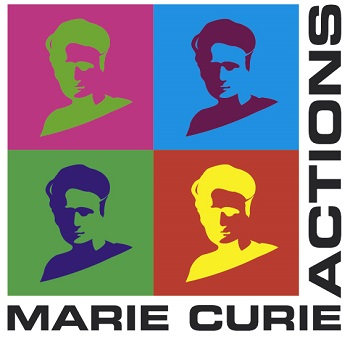 Marie Skłodowska-Curie Individual Fellowship
Marie Skłodowska-Curie Individual Fellowship
Awarded to Dr. Anna Gaglianese over the period 01 Feb 2021 to 30 Jan 2023
 anna.gaglianese [at] gmail.com
anna.gaglianese [at] gmail.com
| Project summary
| Publications
 Marie Skłodowska-Curie Individual Fellowship
Marie Skłodowska-Curie Individual Fellowship
Awarded to Dr. Anna Gaglianese over the period 01 Feb 2021 to 30 Jan 2023
 anna.gaglianese [at] gmail.com
anna.gaglianese [at] gmail.com
One of the most significant current discussions in the understanding of the human brain is the functional recruitment of some regions of the cortex for specific tasks, regardless of the sensory modality (e.g. visual, tactile or auditory) in which the stimuli is received. The ability to perceive motion, among other visual properties, is a fundamental faculty of the human brain. Brain lesions that impair the detection and processing of motion have a profound impact on daily activity. Consequently, visual motion processing is one of the most fundamental and well-studied systems in the human brain, canonically known to develop mainly for the purpose of visual perception. A great deal of study on the multisensory responses to motion processing in the human brain focused on the middle temporal complex and superior temporal sulcus. Several studies using both neurophysiological and neuroimaging techniques showed the multisensory properties of these areas, showing their recruitment during both tactile and auditory motion stimulation. Despite the large amount of study on the topic it is still unclear whether the recruitment of these areas directly mediates the perception of motion through the different sensory input or regulates responses within primary sensory areas involved in the task. This MSCA fellowship allowed me to lay the foundations on the neural substrate underlying multisensory motion perception. We discovered that hMT+, an area mainly involved in visual motion processing, encode motion via spatial features of the stimulation rather than its intrinsic speed and our preliminary results show that, together with other visual areas, is able to decode speed via auditory and tactile motion stimulation, proving its multisensory function.
The outcome of this MSCA will inspire novel research lines on how the brain reorganize in case of a sensory loss and on clinical applications such as rehabilitation programs that aim at restoring function through other sensory modalities. Therefore, it has a major impact in public health related to sensory deprived people and stroke rehabilitation.
Journal articles
Poster presentations
Manuscripts in preparation